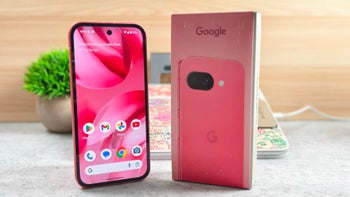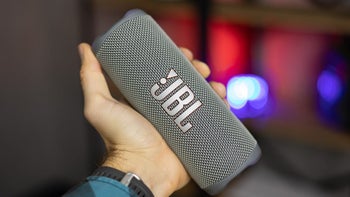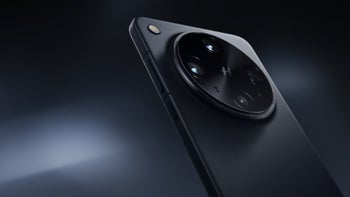University researchers create self-repairing plastics

Thanks to a materials-science breakthrough, it may not be long before your smartphone or tablet can heal itself. Researchers at the University of Southern Mississippi have created a plastic that marks itself red when it is damaged, and then heals itself when exposed to changes in light, temperature, or pH.
The new breed of plastics has advantages over previous self-healing materials – perhaps the biggest one is that the new plastic can heal itself in the same location more than once. So if you’re the type who is always dropping your phone on the same corner, your phone would be able to repair the damage each time.
The scientists created a series of molecular bridges that hold together the long hydrocarbon chains that plastic is made of. When you scratch or crack the plastic those bridges get broken and change shape. The changed shape leads to a visible color-change in the damaged area (red, in this case), and exposure to visible light causes the molecular links to reform (chemistry types: the bridges change conformation and bond back together).
We don’t know how expensive it will be to manufacture, nor how long it will be before self-healing plastic makes its way into retail smartphones; still a future with mobile devices that repair their cases by themselves is certainly worth looking forward to. When this finally makes it to market, plastic may wind up being considered a premium build material after all.
source: EurekaAlert via The Verge
The scientists created a series of molecular bridges that hold together the long hydrocarbon chains that plastic is made of. When you scratch or crack the plastic those bridges get broken and change shape. The changed shape leads to a visible color-change in the damaged area (red, in this case), and exposure to visible light causes the molecular links to reform (chemistry types: the bridges change conformation and bond back together).
The research has plenty of non-mobile implications, from aircraft bodies that could warn when they are damaged, to automobiles that could repair themselves after minor accidents. The U.S. Department of Defense was one of the funding bodies, so clearly there are military applications.
We don’t know how expensive it will be to manufacture, nor how long it will be before self-healing plastic makes its way into retail smartphones; still a future with mobile devices that repair their cases by themselves is certainly worth looking forward to. When this finally makes it to market, plastic may wind up being considered a premium build material after all.
source: EurekaAlert via The Verge













Things that are NOT allowed: